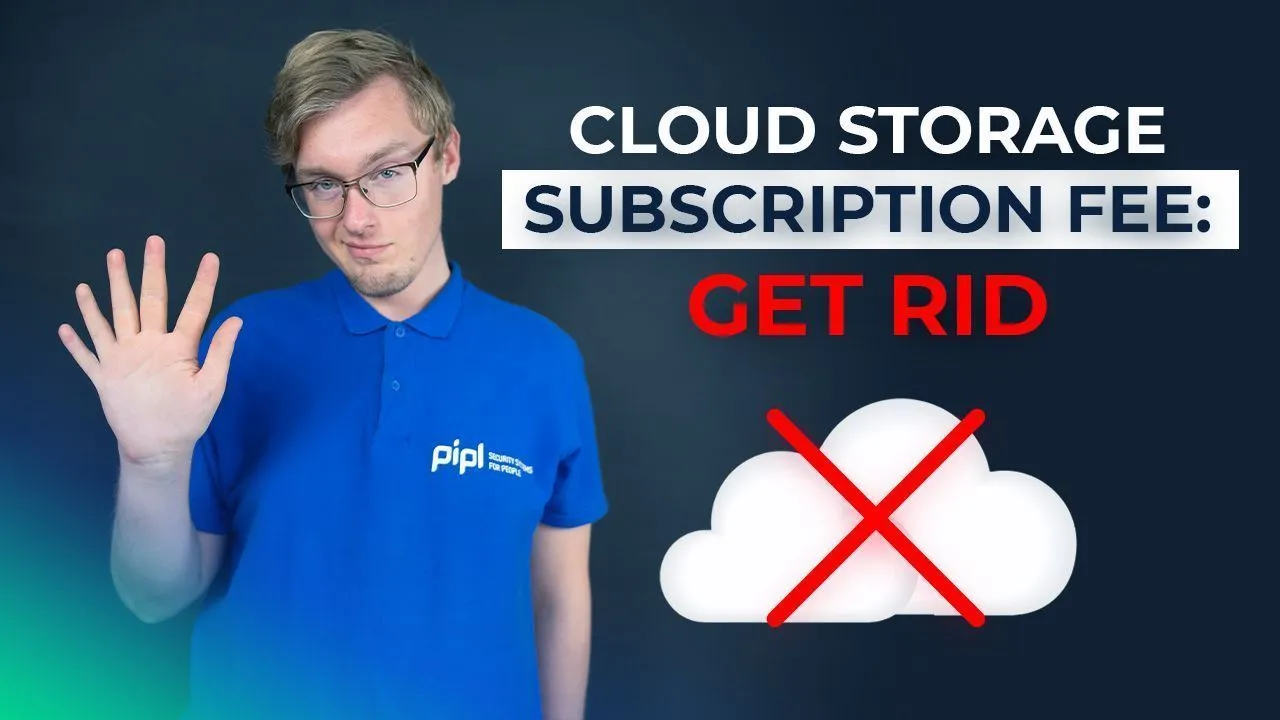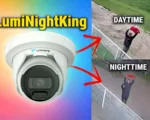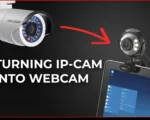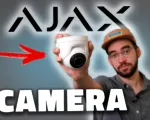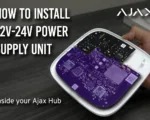
Probably every security camera owner has faced this struggle. The Cloud Storage Subscription Fee. You know how this happens: you bought a camera, installed it, turned it on, the recording started, and your captions are getting saved on the manufacturer’s cloud storage within a trial period. After the trial period is over, it turns out you have to pay a subscription fee. And now you select the camera for purchase, evaluating the monthly payment ratio. This time, we want to show you a few available options on how to save on the cloud storage fee.
6 Ways To Get Rid Of Security Camera Cloud Storage Subscription Fee
Option #1:
Get the network video recorder. They also call it a “Hub”, a “Base station”, or whatever. The operational scheme is as simple as buying yourself a coffee. You have a camera, you have a recorder, they are tied up within them inside a local network, the camera records and sends the videos to the video recorder, which in its turn, has a hard drive inside of it to save your data on. I don’t know how you like to deal with such things. Pay a bit more, but pay once and for all and get the full product and cut any worries, or your way is to get the cheapest item and then pay the monthly subscription fee.
What I mean is, speaking bluntly, you have to pay anyway. The questions are – how much, is that a full price, or is it divided into little pieces over a particular period length? Up to you. But please consider the next options we’ve picked – what we are into is to show you how to save on this whole thing.
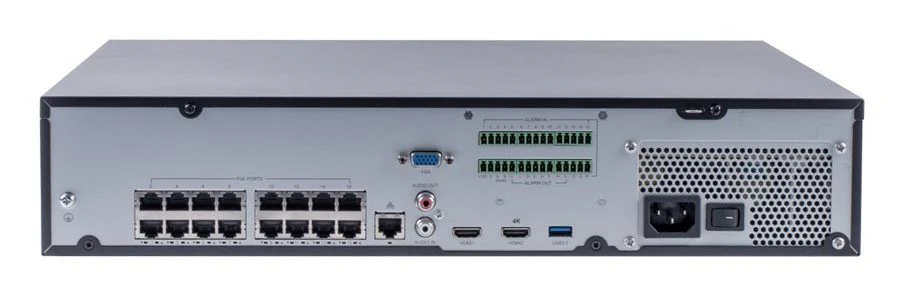
Option #2:
Get a camera with a big microSD card storage capacity. AMCRest, Ezviz C1C, ZOSI, Reolink, for instance.

Option #3:
MicroSD card time-to-time erasing. Probably a perfect solution if you don’t need to keep an eye on the whole past year or a month of recordings. Let’s be honest, why do you need your stored records for a past year or a past month? All you need is a specific event and specific days, and hours. But not months, not years. I mean, if something happened and the cam recorded that on the plugged in microSD, you take your card reader and save that recording onto your PC. Format what’s left on that card and done.
Option #4:
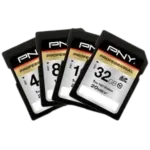
Multiple SD cards. In combination with options 2 and 3, buy yourself multiple SD cards and just switch between them when you are notified you’re running out of card space. Simple as it is.
Option #5:
Camera triggering. I don’t think you need the whole day recording. You need a particular event, right? It’s good that nowadays we have cameras, able to spot that event by the video and audio. They got an infrared sensor built-in and also a microphone with audio recognition. And they start recording whenever it spots a movement, even during the night hours with the lights off, or spots an audio. Just find that moment when required, save it to a phone or PC, hard drive, and you’re done.
Option #6:
Reducing recording quality. Do you own a 4K camera and still want to save on cloud storage? Come on, that’s not going to happen. Want to reduce the cost? Reduce the recording quality. 1080p is not that bad after all.
Conclusion
Maybe the options we’ve offered are obvious, maybe not. The fact is – you pay once and you get a full product, or you pay twice or more inside of the installment plan and you may not even ever have a full product. The main question here is how to save on that? And we’ve offered you a 6 options, some of which are really low-budget and we hope that was helpful. Safety to you – that’s what we do in Pipl Systems.
